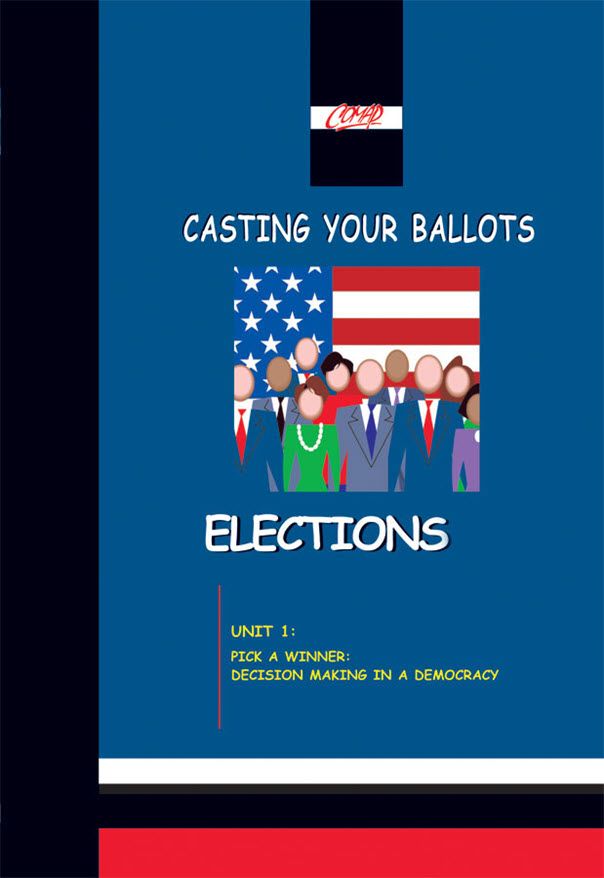Full Member Resources
Resource Type: Video and Guide
Primary Level: High School
Elections: Pick a Winner: Decision Making in a Democracy
Author: Various
There are many situations in which we are required to make choices, either individually or collectively. For example, when we vote, we hope to achieve fair results. The mathematics of social choice can be used to characterize and compare different voting systems, and to measure what we mean by "fairness."
What is a good way for a group to make a democratic decision?
- Mathematical modeling is essential in answering this question. In this unit, which is developed from COMAP's Mathematics: Modeling Our World (MMOW) curriculum, students:
- Are introduced to mathematical modeling in the engaging context of elections;
- Develop their skills in number sense and percentages;
- Learn about new representations, including preference diagrams and digraphs, and current election reform topics such as instant runoffs and approval voting;
- Use software (for PC and MAC) to conduct their own elections and explore "what if" questions with election data.
The video below adds historical (1992 election) and contemporary (Nielsen ratings) background.
Pick a Winner: Decision Making in a Democracy
Video support materials are available as part of COMAP full membership. Each video is accompanied by instructor’s notes, student exercises, group activities and quizzes.

© 2008, COMAP, Inc.
Mathematics: Modeling Our World (MMOW) Course 1
38 Pages
Mathematics Topics:
Probability & Statistics
Application Areas:
Global Issues , Elections
You must have a Full Membership to download this resource.
If you're already a member, login here.
Not yet a member?
Browse More Resources
Search